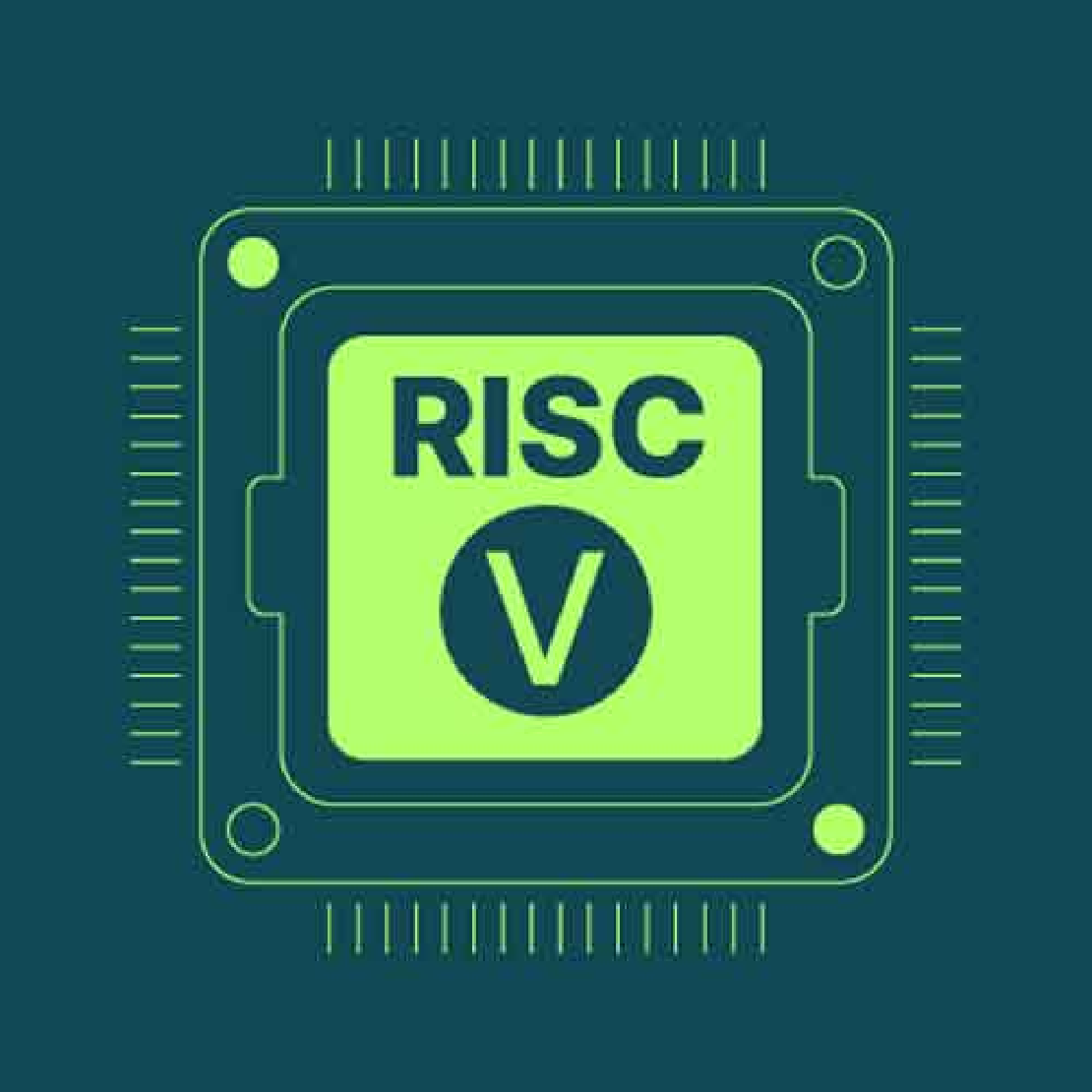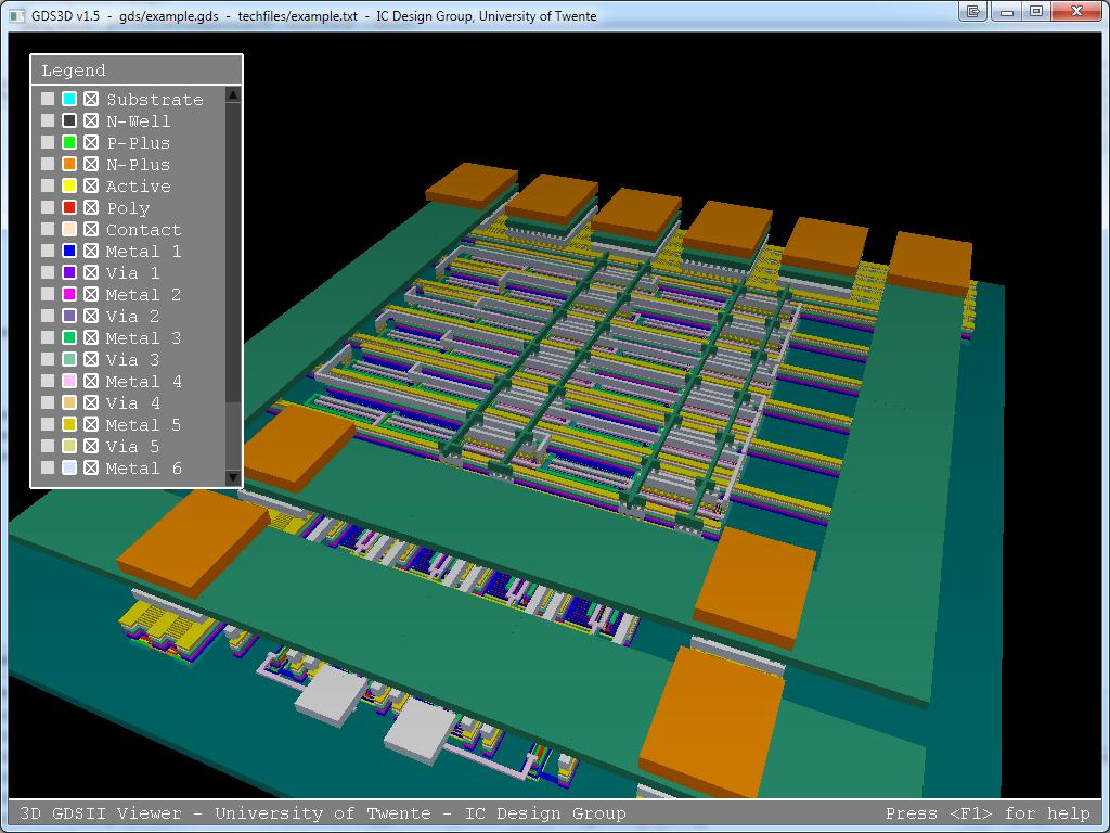Showing Post From Tips

Why RISC-V Can Be a Game Changer?
In a world dominated by proprietary chip architectures, a quiet shift is underway. RISC-V, an open-source alternative, is redefining how we think about processor design—especially in the VLSI world.
Read more
Introduction to VLSI Design Flow: RTL to GDSII
Wonder why AI, modern smartphones, and countless digital devices have become so powerful yet compact? The secret lies in the ability to pack billions of transistors into tiny silicon chips — a feat accomplished through Very Large-Scale Integration (VLSI). At the core of this accomplishment is a complex, multi-step design flow that transforms abstract hardware concepts into a physical chip ready for fabrication.
Read more
ROS 2 vs ROS 1: What Changed and Why It Matters?
Is ROS 1 still the right choice for your next robotics project, with its well-established tools and wide community support? Or, given the growing demand for real-time performance, scalability, and modern middleware, is it finally time to make the move to ROS 2?
Read more
I²C: Fundamentals and Practical Aspects of Inter-Integrated Circuit Communication
I²C is a synchronous, half-duplex, multi-master, multi-slave serial communication protocol developed by Philips (now NXP) in the 1980s. It was designed for on-board communication between integrated circuits, especially in systems with multiple low-speed peripherals controlled by a microcontroller.
Read more
SPI: Understanding the Serial Peripheral Interface Protocol
SPI is a synchronous serial communication protocol designed for high-speed, full-duplex data exchange between a master device and one or more peripheral (slave) devices. It was originally developed by Motorola and remains widely adopted in microcontrollers, sensors, memory chips, ADCs/DACs, displays, and more.
Read more
